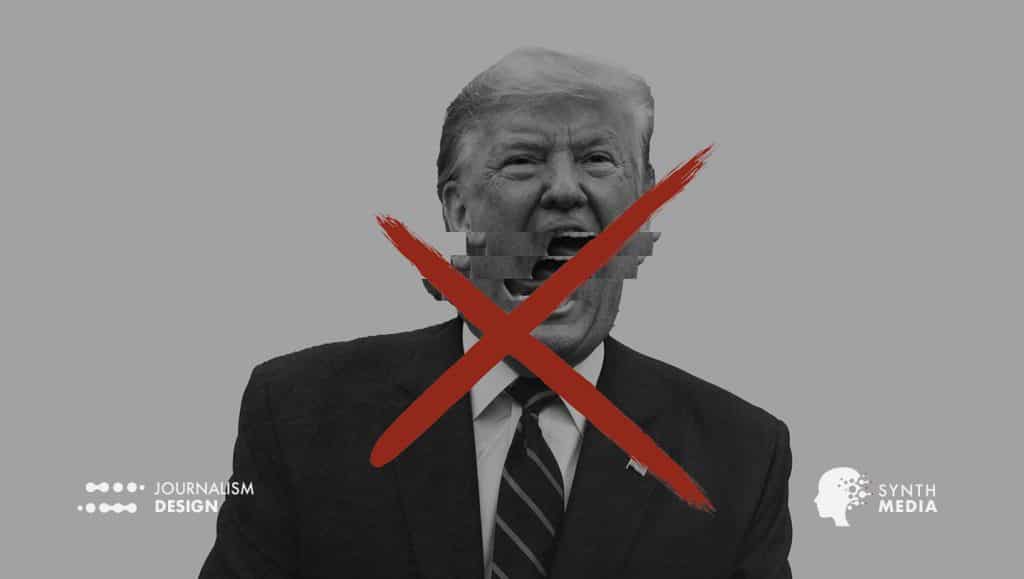French public television, France 3, is set to launch a new show by french producer Thierry Ardisson, called “Hotel du Temps,” which will make extensive use of deepfakes to bring deceased celebrities back to life in exclusive interviews.
❋
The trailer, released earlier this week, shows discussions between Thierry Ardisson (who will be rejuvenated for the occasion) and French actor Jean Gabin (played by actor Cedric Weber), French President François Mitterrand, and Lady Diana. The whole thing is based on the face swap technique and a good dose of impersonation. It is the Mac Guff studio, specializing in special effects, which would produce the deepfakes.
A few weeks ago, Roadrunner 1 The deepfakes have the Bourdain, July 24, 2021, Morgan Neville’s latest documentary, made the headlines when it was discovered that a few sentences of the film (including one in the teaser) were artificially created with a synthetic voice. The upcoming Val Kilmer documentary will not feature a synthetic voice as far as we know, but a video made by a company called Sonantic 2 “Helping actor Val Kilmer reclaim his voice”, Sonantic, 2021 was released around the same time, giving the impression that it could have been included in the documentary.
This sets a new bar for synthetic audiovisual creation in France and raises new questions.

Lady Diana will be among the post-mortem guests of Thierry Ardisson
First of all, the use of “deepfakes” to revive deceased stars raises an ethical question 3 Questions that we mentioned here: “Dear actresses, dear actors, deepfakes will change your life”, 2021 : can we make people say things they never said without questioning their intention in the first place? There is no way to know for sure that the content of these sentences would have been uttered in this way, no matter how good the imitation is.
Second, there are certainly a series of legal questions, although I’m fairly confident that France Télévision has looked into this part seriously (but I’m curious about the details). Who gives permission to the producers on the nature of the content? Do the rights holders have a say in what is said or have they just given permission to use the images? If permission has been granted for this type of production, what is to prevent the same from being done in the future for commercial or new films? (The database needed for the face swap is created and can be exploited). What is the duration of the authorization? Can this authorization be transferred to another stakeholder? Who owns these creations? What about the videos and photos used to create the database necessary for the creation of the deepfake, has the production obtained the rights for each of the archives used? What about the actors who imitate the real (dead) characters? Will they be recognized for their performance? Will there be a label to indicate that the people on screen are not real? Should we indicate this on every show (such as viewer discretion or when the content includes nudity or violence)?
More importantly, introducing deepfakes in this way, in this context of constant questioning, great challenges to media and journalists, could have an unintended effect on how people perceive what is presented to them on television. We might consider the creation of this type of television programming a little more carefully. Exposure is not education in this case, and presenting misleading content does not help the audience understand where it comes from, how it is made, or what the issues are. If the introduction in the sphere of the general public of the synthetic technologies seems inevitable (even if the debate is desirable and that its result is not necessarily known in advance) it would be well advised to use them with parsimony to avoid an effect of saturation and to accompany their introduction of the appropriate label.
Notes :
| ↑1 | The deepfakes have the Bourdain, July 24, 2021 |
|---|---|
| ↑2 | “Helping actor Val Kilmer reclaim his voice”, Sonantic, 2021 |
| ↑3 | Questions that we mentioned here: “Dear actresses, dear actors, deepfakes will change your life”, 2021 |



